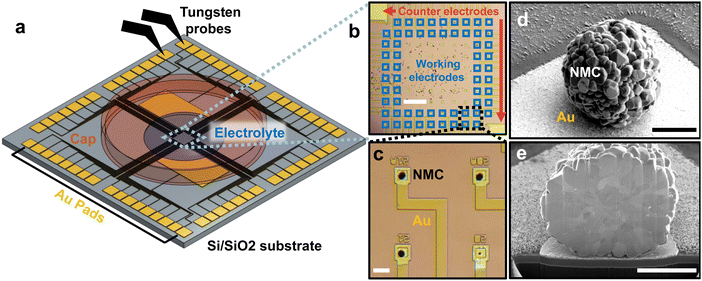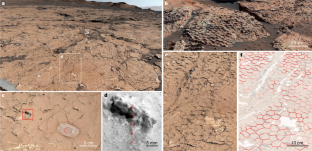2023-08-01 ミシガン大学
◆電気自動車メーカーの見解とは異なり、亀裂が電池の寿命を減少させるだけでなく、充電速度を向上させることが示された。これにより、電池粒子の充電速度がサイズに依存しないことがわかり、亀裂が陽極粒子内の活性表面を増加させ、迅速な充電を可能にすることが示唆された。
<関連情報>
- https://news.umich.edu/cracking-in-lithium-ion-batteries-speeds-up-electric-vehicle-charging/
- https://pubs.rsc.org/en/Content/ArticleLanding/2023/EE/D3EE00953J
個々の多結晶電池粒子におけるサイズに依存しないリチウム拡散と反応時間の直接測定 Direct measurements of size-independent lithium diffusion and reaction times in individual polycrystalline battery particles
Jinhong Min, Lindsay M. Gubow, Riley J. Hargrave, Jason B. Siegel and Yiyang Li
Energy & Environmental Science Published27 Jul 2023
DOI:https://doi.org/10.1039/D3EE00953J

Abstract
Polycrystalline Li(Ni,Mn,Co)O2 (NMC) secondary particles are the most common cathode materials for Li-ion batteries. During electrochemical (dis)charge, lithium is believed to diffuse through the bulk and enter (leave) the secondary particle at the surface. Based on this model, smaller particles would cycle faster due to shorter diffusion lengths and larger surface-area-to-volume ratios. In this work, we evaluate this widespread assumption by developing a new high-throughput single-particle electrochemistry platform using the multi-electrode array from neuroscience. By measuring the reaction and diffusion times for 21 individual particles in liquid electrolytes, we find no correlation between the particle size and either the reaction or diffusion times, which is in stark contrast to the prevailing lithium transport model. We propose that electrochemical reactions occur inside secondary particles, likely due to electrolyte penetration into cracks. Our high-throughput, single-particle electrochemical platform further opens new frontiers for robust, statistical quantification of individual particles in electrochemical systems.



